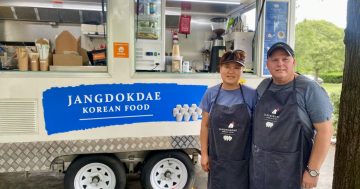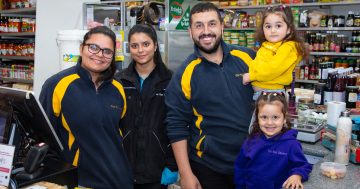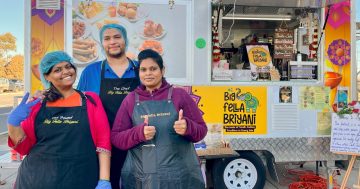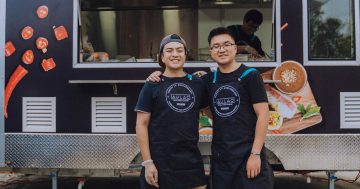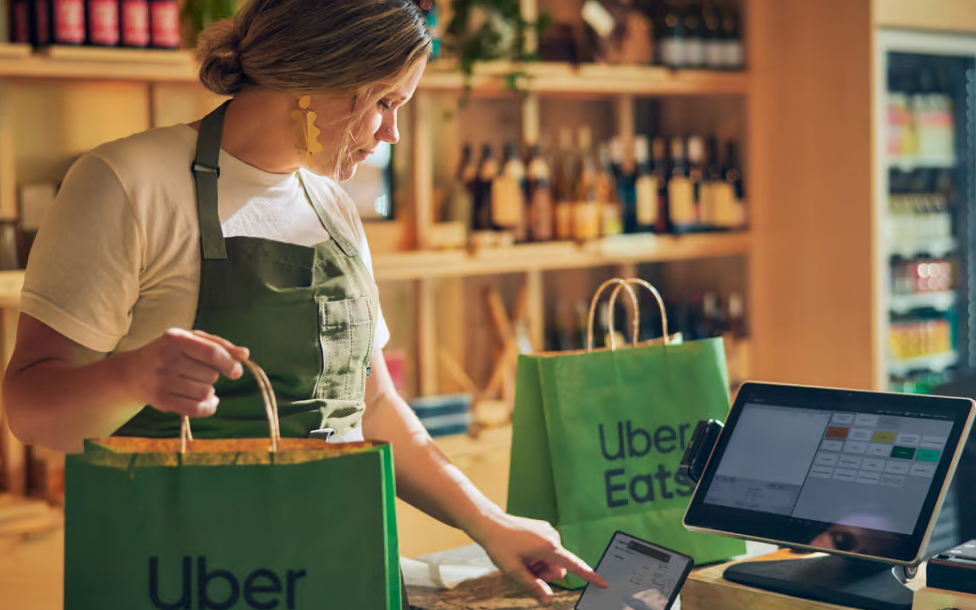
With a growing number of food delivery apps, some local food businesses feel they are getting a bad rap from customers with bad experiences. Photo: Uber.
There has never been an easier time in history to access food than today.
Apps such as Uber Eats, DoorDash, Menulog and a host of others have become commonplace to the point where people no longer need to leave their homes to order food and groceries.
However, as the use of delivery apps grows, so too does the number of customer complaints, but not all of them are being directed to the right place.
Once an order is lodged, it is up to the delivery driver to ensure the food they collect is what was ordered by the customer.
For example, as a customer, if you order a meal from McDonald’s and ask for an extra serving of chips, only to find when your food arrives that they are nowhere to be seen, the responsibility lies with the driver to make sure the food was packed correctly.
In respect to the drivers, this is also a tricky process as they aren’t always allowed to look in bags due to some restaurant’s theft prevention protocols.
Other issues such as long delivery times and items being delivered to the wrong addresses also fall under the responsibility of the driver.
This is where some of the confusion lies. Although you may order food from a store, most of the time (unless it is quality-related), the issues actually stem from the delivery itself.
In these instances, complaints should be sent to the delivery services directly, but not everyone has grasped this concept.
Looking at online groups, there has been a growing number of people witnessing staff at fast-food stores being abused or called out in person and over the phone about the delivery of someone’s food. While there should be an onus on which delivery providers the businesses work with, the blame should be sent to the services.
This process is making it difficult and purposely so as the big three services (Uber Eats, DoorDash and Menulog) all require the customer to first contact in-app bot chat rooms. If you’re anything like me, these chatrooms often end with you banging your head against the wall and talking in circles.
Once navigating often-broken AI, only then, if you’re lucky enough, will you have the chance to talk to a real person about the issue you’ve had.
Uber Eats and DoorDash often return the money you’ve spent, or the equivalent of the items you’ve missed, taking days to enter your bank account. Meanwhile, Menulog often only gives vouchers that expire in a week and require you to spend a minimum amount of money.
The steps to get to this point are often strenuous and it’s not lost on food workers either.
A manager from a local fast-food service told Region: ”We [the business] have no control over the actions and procedures of delivery drivers as it’s a third-party service.
”In our store’s case, drivers are required to notify the store five minutes before arriving. In reality, it can be anywhere between five and 45 minutes.
“This is really frustrating for food businesses as often food needs to be disposed of after a certain time out of the warmer or freezer. It is also often the cause of a lot of unnecessary wait times.”
The manager also explained that many drivers ”double dip”, meaning that when they accept an order with one provider they’re only supposed to accept one at a time, but some drivers will use another app to pick up another order to make multiple deliveries at a time.
“Businesses give their products to drivers under the assumption that the goods will be delivered under the guidelines set out by the brand or business,” the manager said.
“But at the end of the day, it’s done in good faith as there is no way for the businesses to track the driver’s whereabouts.
“There’s nothing stopping drivers from collecting an order at a restaurant with one aggregator like Uber Eats and then going to another with DoorDash or Menulog.
“This leads to long lead times between the order leaving the restaurant and arriving at the customer’s location.
“This not only affects wait times but food quality as food can leave desired temperatures or simply degrade over longer periods.
“Often the responsibility of rectifying these problems falls to the stores as most aggregators offer little to no support options to customers. Understandably, it leaves people frustrated from just trying to speak to a real human about their problem.”
The manager urged customers to consider where they directed their complaints. While he said he was more than happy to support those affected, he and other food workers did not deserve the anger or abuse.
Original Article published by Jarryd Rowley on Riotact.




